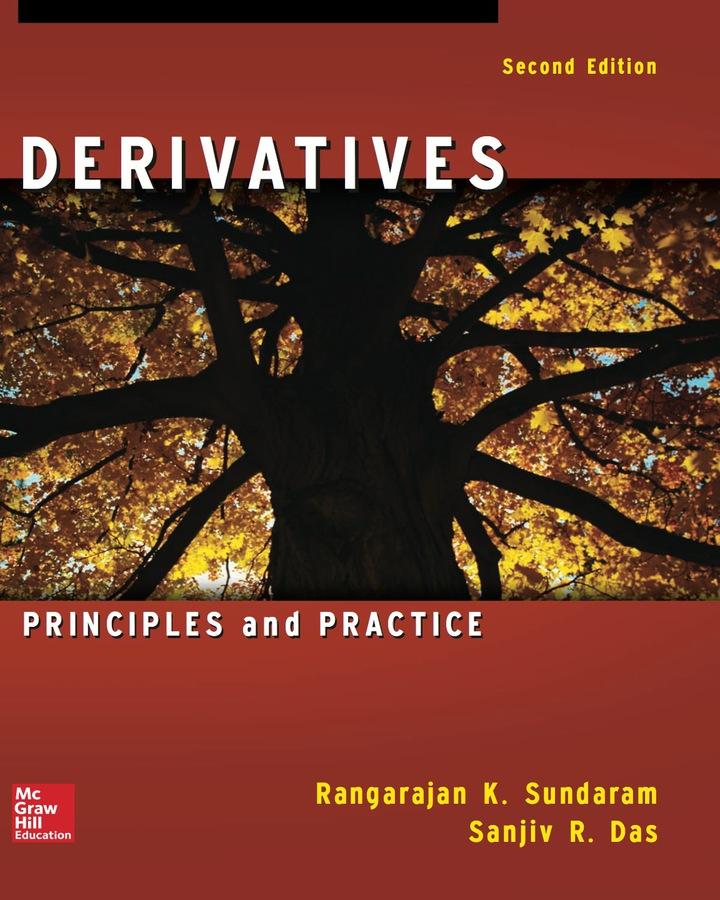In the preceding problem, suppose the distribution of returns is not normal but Students t with 5
Question:
In the preceding problem, suppose the distribution of returns is not normal but Student’s t with 5 degrees of freedom. What is the 99% VaR under the new assumption? What happens to the VaR when the t distribution has 20 degrees of freedom instead? Explain the difference in results.
Data in preceding problem,
Suppose the average profit of FOF Inc. is $1 million per week. The standard deviation of profits per week is $1 million as well. Calculate the 99% and 90% VaR for FOF. Assume profits are normally distributed.
Fantastic news! We've Found the answer you've been seeking!
Step by Step Answer:
Related Book For 

Question Posted:





